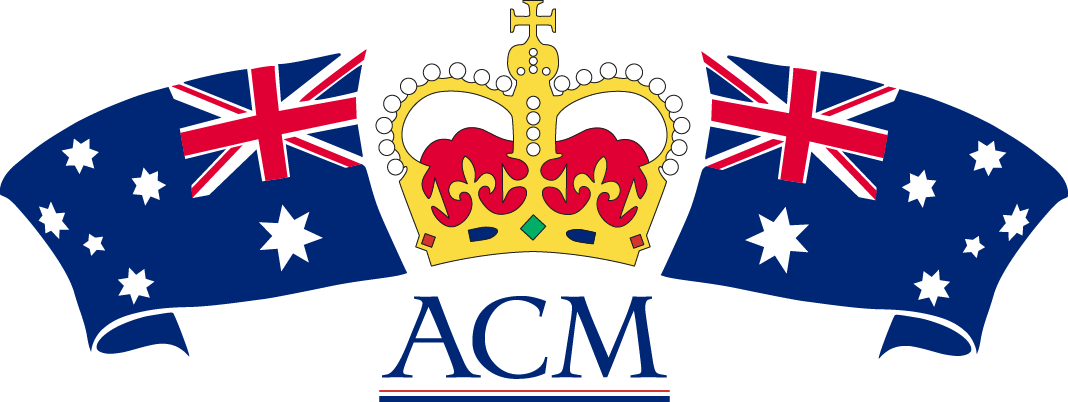“I am only a fellow-traveller of Australians for Constitutional Monarchy,“ declared Peter Coleman in Spectator Australia on 21 July 2012. Man about town Peter Coleman is an established author, editor, journalist and state and federal politician. He was once Leader of Her Majesty’s Loyal New South Wales Opposition, although he may not have described himself in this way.
He admits he is a republican sceptic, qualified to be a member of “Les Murray’s republican branch of Australians for Constitutional Monarchy.” He says we are already a crowned republic and he sees no pressing need to “muck about” with a constitution which works well.
Someone, he says, should write a history of Australians for Constitutional Monarchy – “a remarkable movement.”
Its origin, he reveals, was a chance meeting in 1992 in Phillip Street, Sydney, of Lloyd Waddy and Michael Kirby, then President of the Court of Appeal.
“They agreed that something should be done to combat Prime Minister Keating’s republican drive, which was so enthusiastically backed by the media. They met in Kirby’s chambers, with Peter King, to plan what became ACM. Their idea was to enlist the widest range of support, from Aborigines, ethnic minorities, the smaller States and all main political parties including Labor. The plan quickly took off, and in 1999 ACM played a major role in the defeat of the republic referendum. It remains active.”
He points out that the “other day it called on Girl Guides Australia to come clean about its so-called grassroots investigation that led it to ‘ditch the Queen’, as headlines around the world put it. For monarchists, it was a damaging defection to the republican cause. There has been no reply from the Guides.”
Last week he says he “dropped in on an ACM meeting in Parliament House, Sydney, called to honour one of its most active volunteers, Philip Gibson, now retiring after 15 years’ commitment.”
He reports that the “men and women who came to thank him for his long unpaid service included an impressive range of leaders from the professions, judiciary, business and politics.”
He reveals that Philip Gibson was “the neighbour who recruited me in 1999 to letter-box Woollahra in Sydney’s eastern suburbs with Vote No leaflets.”
He admits that the local vote was 60/40 in favour of a republic, which only shows how out of touch with the Australian mainstream the suburb was.
“In his valedictory speech, Gibson said he would continue his work to see justice done in the Heiner case in Queensland where the new government has appointed a commission of inquiry into the shredding of evidence about the pack rape of an Aboriginal girl in a government youth centre 22 years ago.”
“ It remains,” Gibson says, “a case of injustice under the Crown.”
